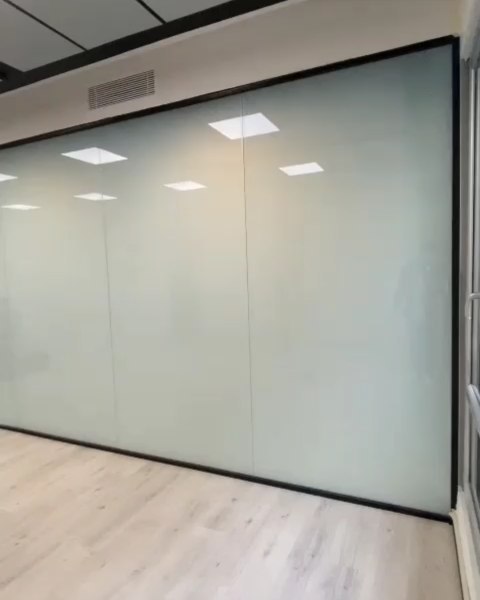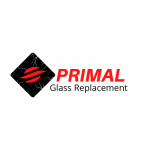Smart glass, also known as electronically switchable glass, provides architects and interior designers with new ways to manage light, glare, and UV radiation.
In general, the glass transitions from transparent to translucent and vice versa, allowing light to pass through while blocking particular wavelengths of light.
Smart glass uses special coatings and technologies, such as liquid crystals or electrochromic materials, to alter its transparency. Depending on the type, the glass can switch between clear and opaque states in response to electrical currents, light levels, or even manual controls.


Adjustable Privacy:
Energy Efficiency:
UV and Glare Protection:
Customization:
Enhanced Privacy:
Modern Aesthetics:
Energy Savings:
Improved Comfort:
Sustainability:
Expensive Cost:
Requires Electricity to Work:
Difficult to Install:
Smart glass is a cutting-edge solution for those seeking dynamic control over light and privacy. Its combination of functionality, energy efficiency, and modern aesthetics makes it ideal for homes, offices, and specialized environments. While the initial investment is higher, its benefits often justify the cost in high-tech and design-conscious applications.
Interested in upgrading to smart glass?
At Primal Glass Replacement, we offer a wide range of smart glass solutions tailored to your needs. Whether you’re seeking cutting-edge technology, enhanced privacy, or energy efficiency, our team is here to help you find the perfect option. We also provide window glass replacement and door glass replacement services to ensure your property remains functional and aesthetically pleasing.


Marc is an experienced glazier providing high quality glass replacement and repair in Sydney Lower North Shore.

